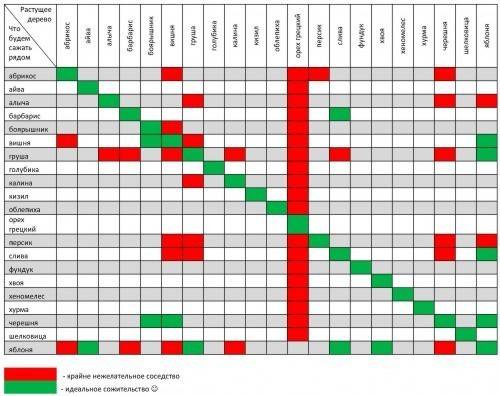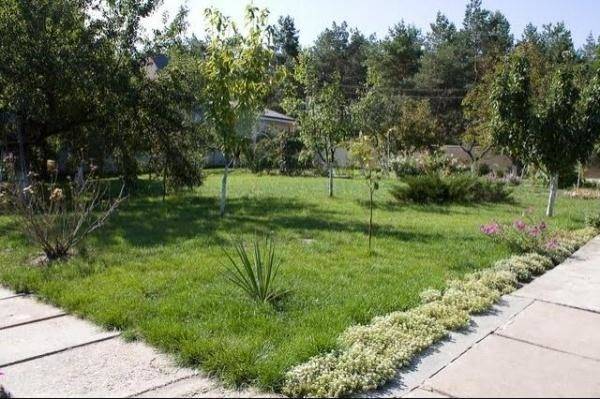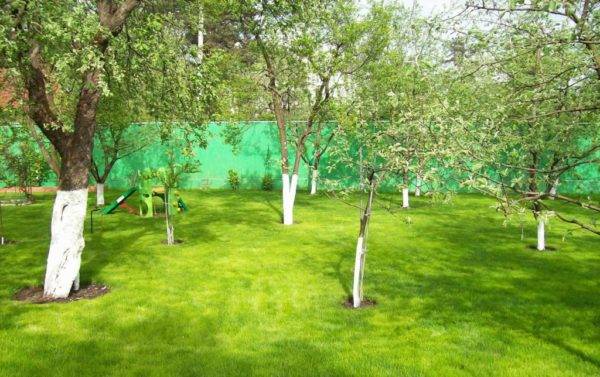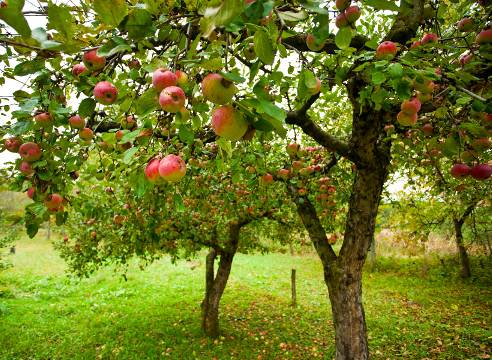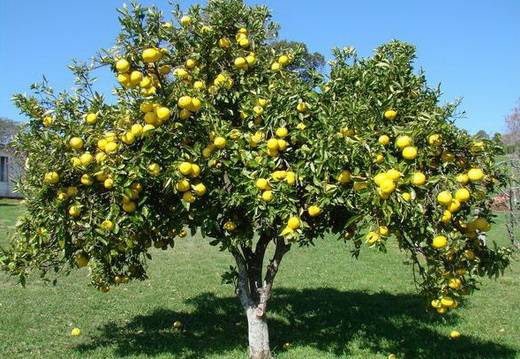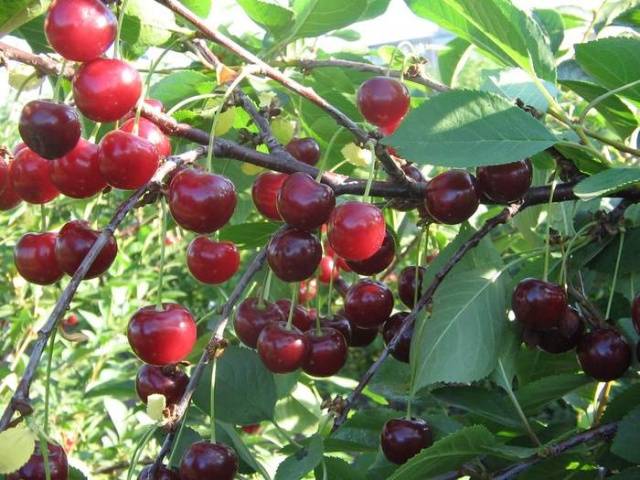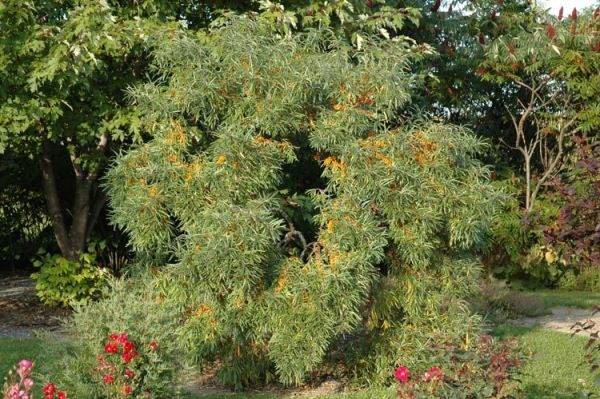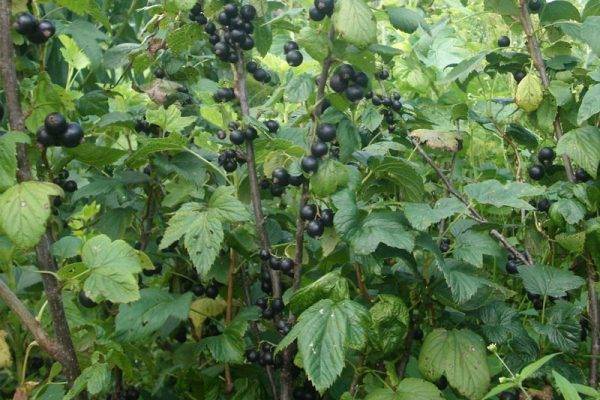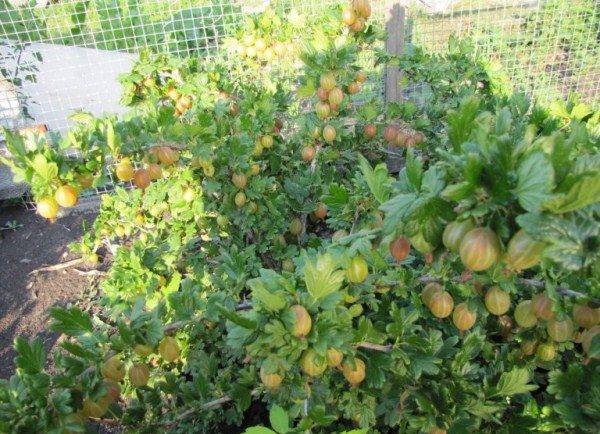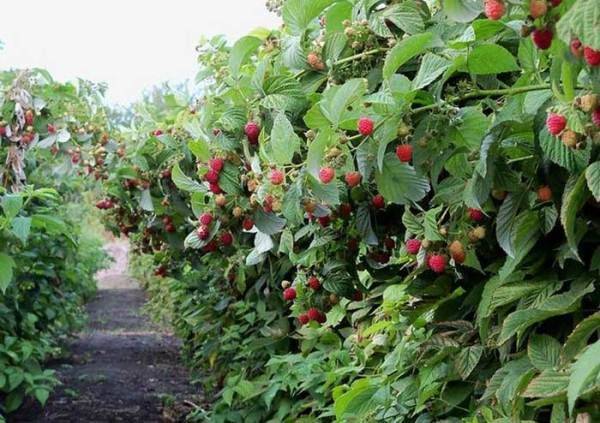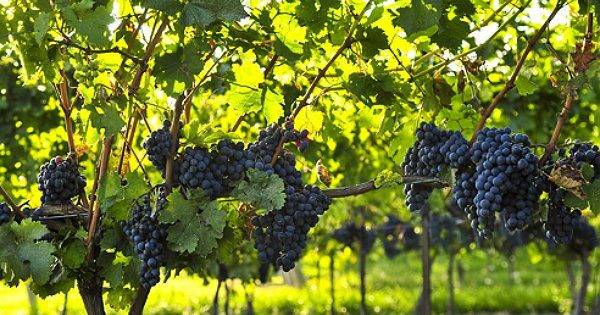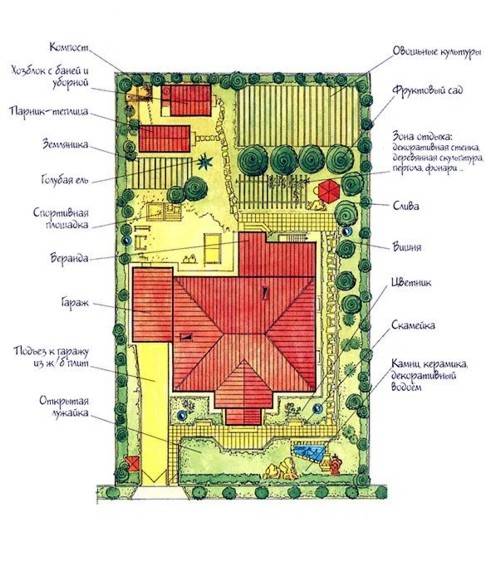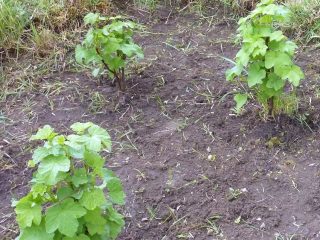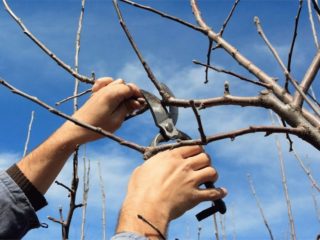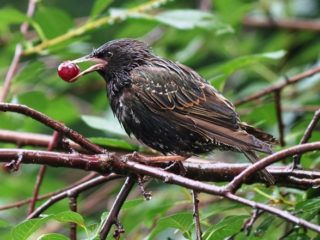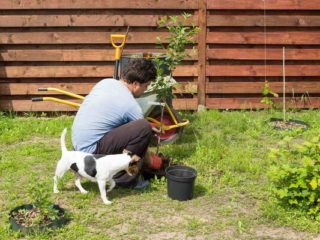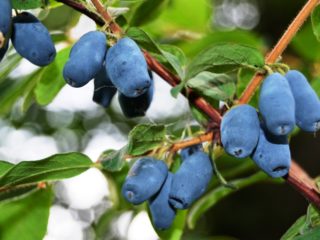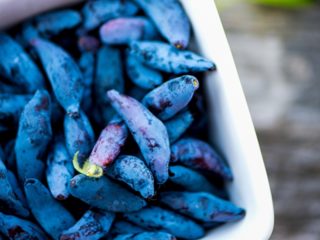Content
- 1 Compatibility table
- 2 Factors influencing crop compatibility
- 3 Who is better to be next to whom?
- 3.1 For whom is the apple tree a friend?
- 3.2 Who is the pear tree friends and not friends with?
- 3.3 What can you say about cherries?
- 3.4 Who will sea buckthorn accept as a neighbor?
- 3.5 What does the beautiful currant love?
- 3.6 What are the preferences of gooseberries
- 3.7 Queen of the garden raspberry
- 3.8 Proudly climbing grapes
- 4 Neighborhood of fruit and coniferous plantings
On a small plot, gardeners are trying to save every meter of land. Sometimes shrubs and trees are planted so that there is no free passage between them. But different breeds are not always inclined to a favorable neighborhood. Now we will try to figure out what is the compatibility of fruit trees and shrubs in the garden with each other, as well as with coniferous representatives of the flora.
Compatibility table
When planting a garden in your yard, it is important to know the compatibility of different varieties of fruit trees. Krona reveals its “secret”. Thus, singling out one tree can harm the neighboring shrub. The root system has its own laws. In some trees it goes deep, in others it develops on the surface. The roots are wide and narrow. A powerful root system always suppresses a weak one, preventing it from developing, which affects the oppression of the plant.
Another factor in an unfavorable neighborhood is the size of the crown. Let’s say that the root system of a tree and a shrub do not interfere with each other’s development. What happens to the above-ground part? The wide crown of the tree completely covered the bush. As a result, there is a decrease in yield. The branches of the bush are twisted, the leaves are small, flaccid, sometimes with a yellowish tint. The lack of light from strong shading is the same negative factor as poor proximity of the roots.
Planting trees at the optimal distance and taking into account the compatibility of fruit crops allows you to get a good harvest. Varieties can be selected so that trees and shrubs will protect each other from various pests.
A special table of compatibility of fruit trees in the garden has been developed, making it easier for the gardener to develop a planting plan.
Red squares indicate an undesirable proximity of cultures. Ideal neighbors are marked in green. The table displays only the proximity of crops in terms of belonging to a certain group, for example: apple trees, pears, apricots, etc. When planting, varietal characteristics that affect the size of the crown and roots are considered individually. So, if you plant two tall cherries nearby, and a dwarf variety between them, naturally, the small tree will be drowned out by the spreading crown of its neighbors.
Factors influencing crop compatibility
A useful compatibility table for fruit trees and shrubs may not always be at hand. The gardener must clearly know what factors influence the proximity of crops:
- Sun rays and daylight. Crops growing nearby should not shade each other.
- Free ground. The root system needs freedom to grow and access to water and nutrients.Plantings work well together when the roots of one crop grow deep and the other grows wide.
- Nutrients. Each crop or variety requires specific nutrients. Some trees need nitrogen or potassium, while other shrubs cannot tolerate these components. Neighboring crops should respond favorably to the same fertilizer.
- Isolating the “secret” is allelopathy. The substance released by the crown can have a beneficial or negative effect on its neighbor. In the first case, ideal compatibility emerges, since both cultures will be comfortable. In the second case, the dominant neighbor will destroy a bush or other fruit tree that does not tolerate the secreted “secret.”
Taking into account all factors, a table was developed that determines the compatibility of fruit and berry trees and shrubs in close proximity.
Who is better to be next to whom?
The best compatibility of fruit trees with each other is observed when identical species are adjacent. Pears grow well next to pears, cherries grow well next to cherries or cherries, etc. However, in a private yard it is not possible to separately set up several gardens with one type of crop. Why does a person who is not engaged in commercial activities need, for example, 10 pears, 15 plums, 13 apple trees.
They usually try to plant 1-2 trees or shrubs of different types in the yard so that there is enough fruit for their own consumption. To achieve such results, crops with approximately the same growing requirements are planted in the neighborhood. When planting seedlings, their further growth is taken into account. Branches of mature trees should not intertwine or shade berry bushes.
For whom is the apple tree a friend?
When considering the compatibility of fruit trees and shrubs in the garden, the worst neighbor can be called an apple tree. Under the tree, all berry bushes will be oppressed. The wide crown will completely block sunlight and daylight. The roots of the apple tree are so branched that the root system of the berry bush will have no room for development, as well as nutrients.
You can plant raspberries next to a young apple tree. In the early period of the growing season, good compatibility of fruit and berry crops appears until the crown of the tree grows. Raspberries loosen the soil with their roots. The apple tree receives more oxygen, gains immunity, and develops. After the crown has grown, the raspberries are replanted. The light-loving shrub grows and bears fruit poorly in the shade.
Any stone fruit trees are planted at a distance of at least 4 m from the apple tree. It is advisable to remove any type of nut as much as possible to the other side of the garden.
Who is the pear tree friends and not friends with?
If an apple tree tolerates the proximity of a pear at a distance of 4 m, then the latter crop does not like such friendship. Pear is compatible with rowan, and among the shrubs I like currants.
Most pear varieties need pollinators. To solve the problem, two different varieties are usually planted nearby if the neighbors do not have the same tree. You can graft different varieties onto an adult pear. Then one tree on the plot is enough, and a compatible neighbor is planted nearby.
What can you say about cherries?
The cherry root system has the unique ability to grow quickly in the upper layers of the soil. Young shoots instantly spread throughout the area. Make friends with cherries cherries or plum. Compatibility with berry bushes is poor. Surface roots have little room to develop and the bushes will disappear. Red-fruited mountain ash does not take root well with cherries.
Who will sea buckthorn accept as a neighbor?
The compatibility of fruit trees in the garden with sea buckthorn is good. However, the culture is considered aggressive. Sea buckthorn grows quickly, sprouts shoots, due to which it easily oppresses all its neighbors. The length of sea buckthorn roots sometimes reaches enormous sizes. To prevent damage to nearby trees, when planting a seedling, boundaries are assigned to the root system. Slate or any other hard material is dug in at a distance of several meters from the sea buckthorn trunk.
What does the beautiful currant love?
Currant bushes do not like to grow under any trees. Young branches turn out weak, bent and can break off at random. Varieties with red and black fruits are incompatible. This is due to the requirement of different lighting levels. Red currants love the sun. You can plant bushes with golden berries near the chokeberry variety. Raspberries cannot be planted nearby, as they inhibit currants.
What are the preferences of gooseberries
Red currants and gooseberries are the best neighbors. Compatibility is so close that the bushes can be planted interspersed. Black currants from gooseberries need to be removed. Berry bushes have one common pest - the moth. In order not to tempt the enemy, it is better to refuse such proximity.
Gooseberries go well with pears and plums. However, the bushes should not be covered by the crown of trees. Gooseberries love the sun.
Queen of the garden raspberry
The light-loving shrub takes root in almost any area. Large trees oppress raspberries, but they themselves are not a gift. A developed root system will clog any nearby growing shrub. For raspberries, it is ideal to select a separate area and plant in rows.
Proudly climbing grapes
The compatibility of bushes and fruit trees in the garden with grapes is good. A particularly friendly neighborhood is obtained with pear and apple trees. Grape bushes with cherries, raspberries and cherries do well, but the root system will have little room for development. I really don't like the presence of quince or any kind of nut.
Neighborhood of fruit and coniferous plantings
If we consider the compatibility of coniferous and fruit trees in the garden, then there are no options here. Spruce trees acidify the soil and draw out many useful substances, just like birch trees. Stone fruit trees do not like acidic soil. Coniferous trees can be planted in recreation areas, somewhere outside the garden along the perimeter of the site. Ferns grow well near the fir trees.
The video talks about the compatibility of fruit trees:
Many gardeners determine the compatibility of fruit and berry crops experimentally. A favorable neighborhood may depend on varietal characteristics, soil composition, climate and other factors. If there is a lot of space on the site and you want to experiment, you can plant similar types of crops nearby. Replace trees or shrubs that have not taken root with other plantings.
